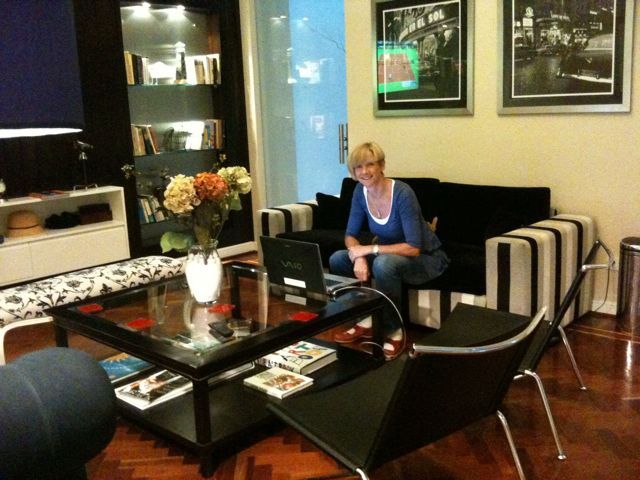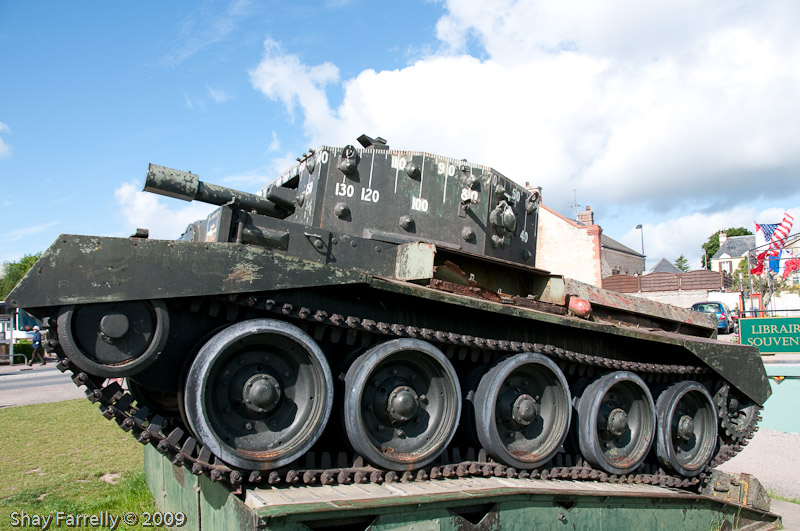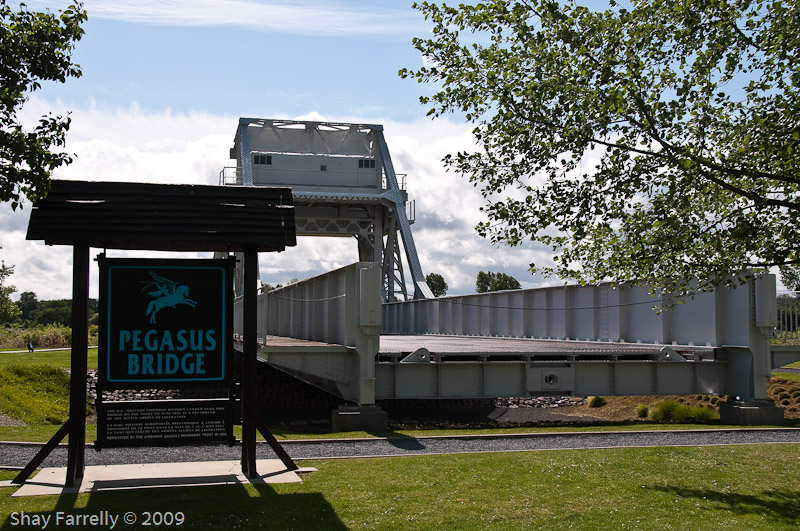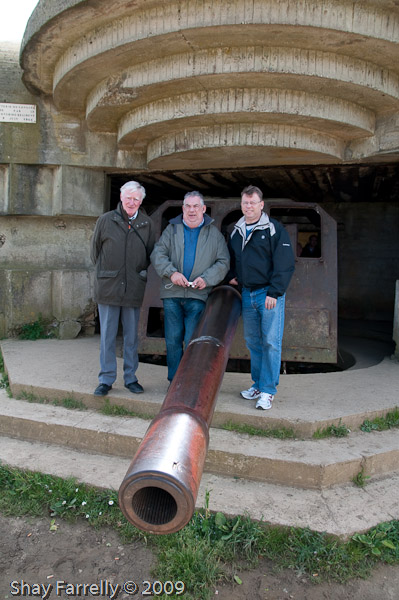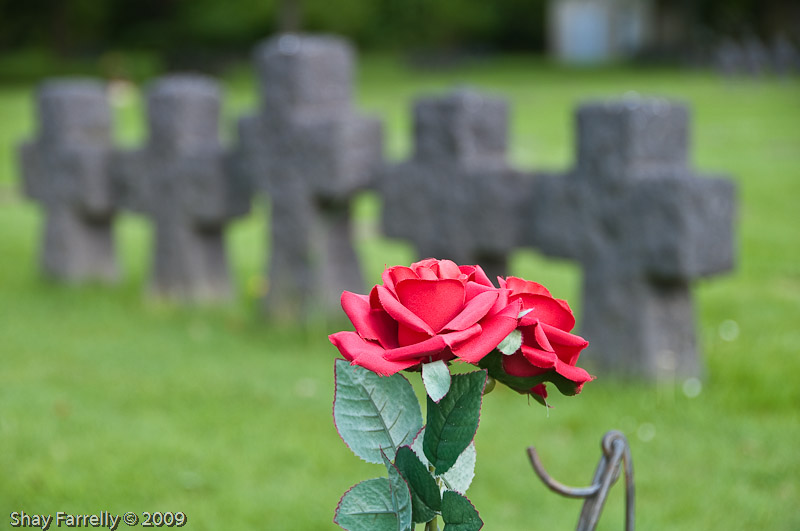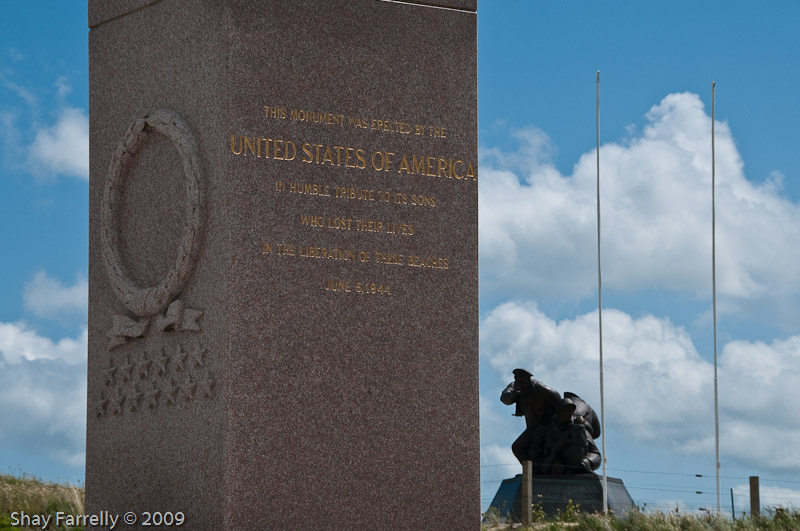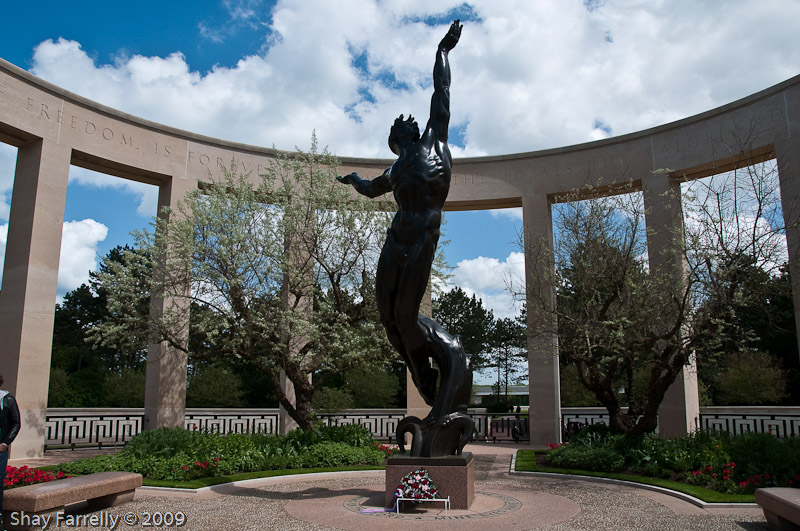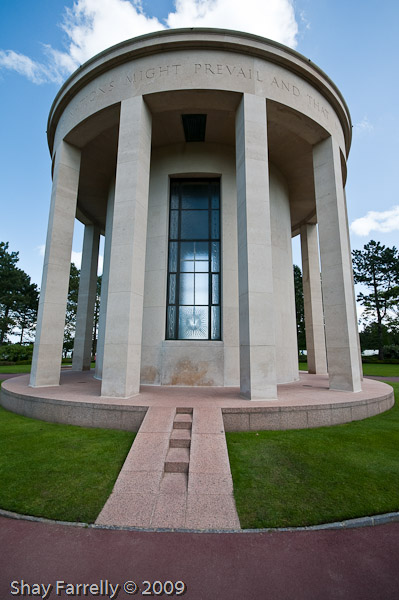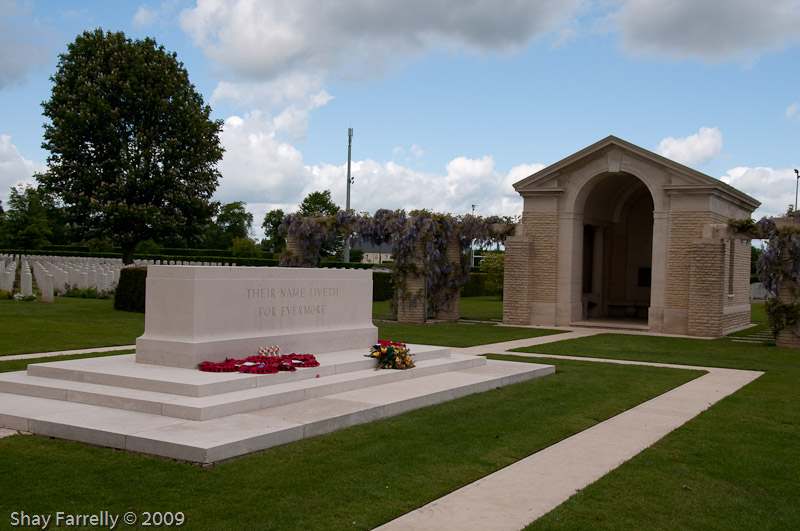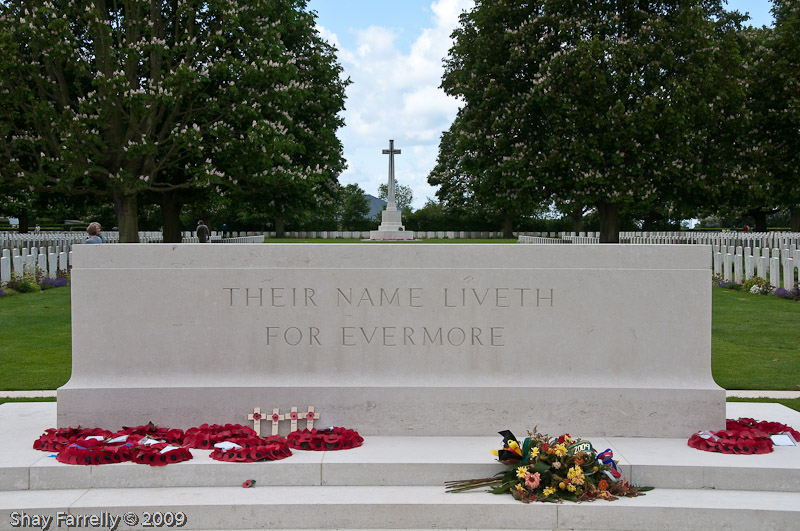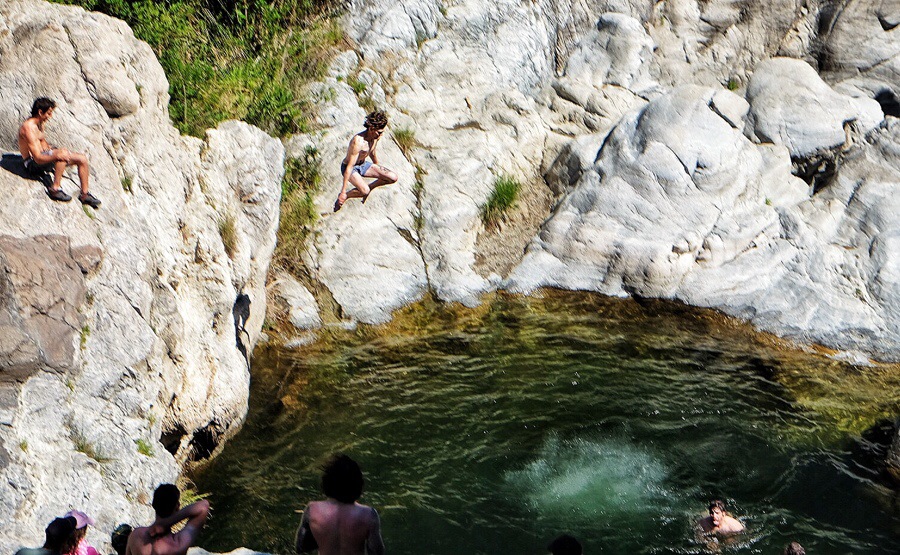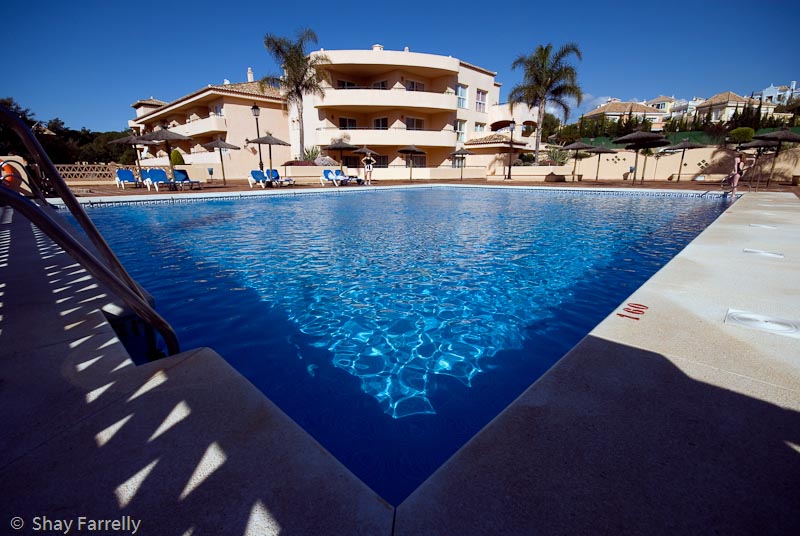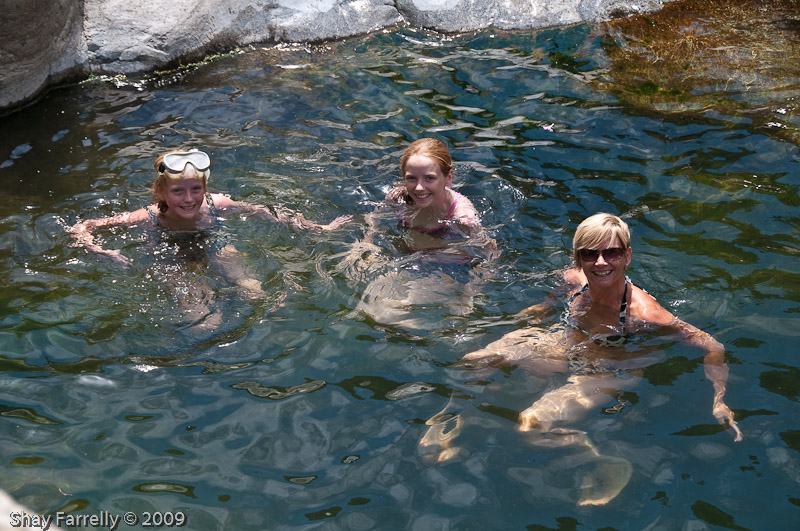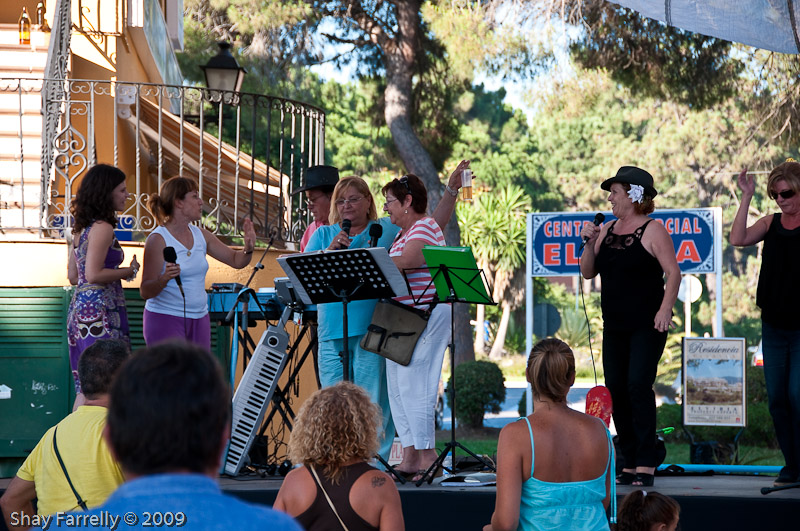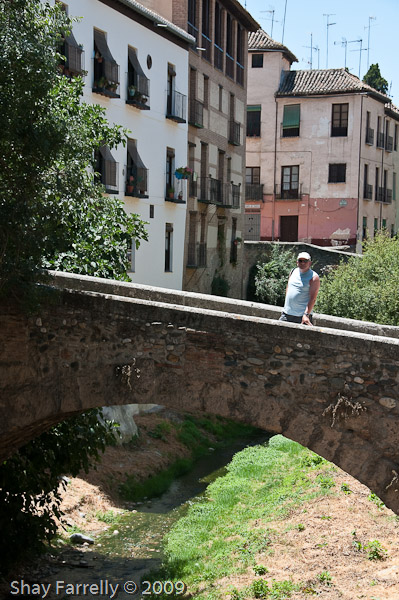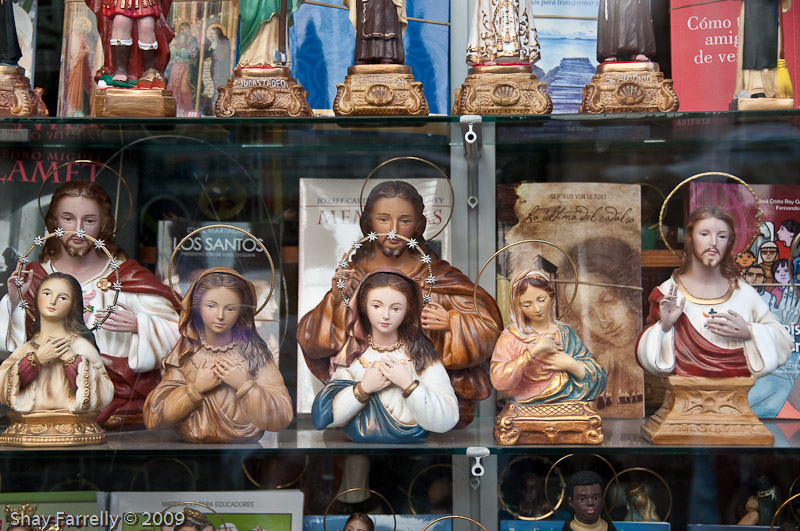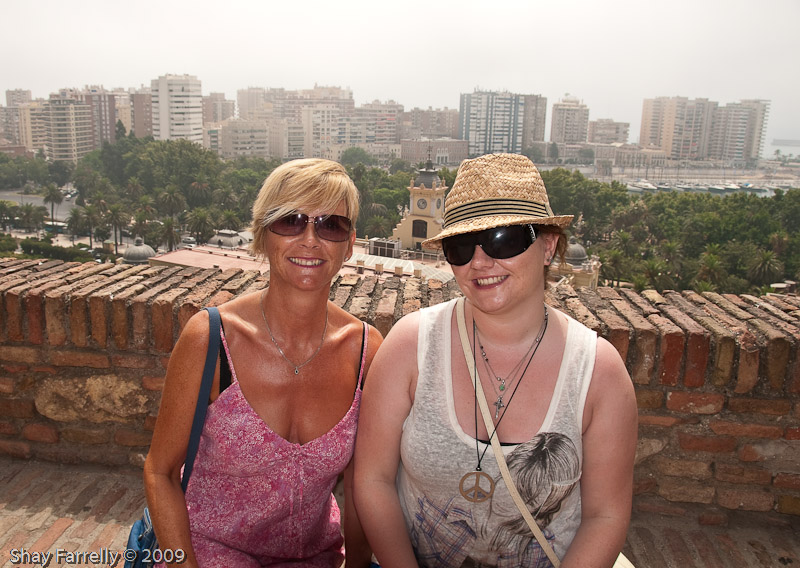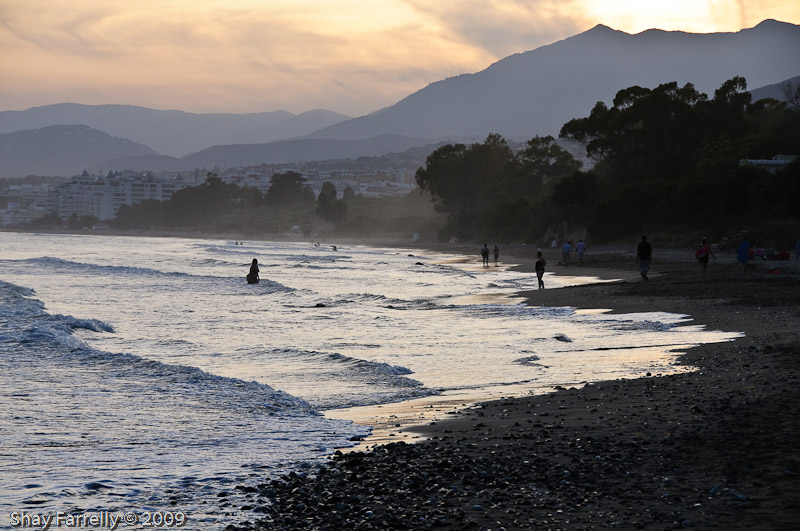Well today is our last full day here in Buenos Aires and although still cold the weather is beautiful. We are up early as today we have a tour to the Tigre Delta. Valerie and Hecter pick us up and we start off. The first part of our trip is a coastal train drive. We see the beautiful houses in the posh areas of town and the beaches along the Rio de la Plata.
We arrive at the Tigre Delta and see the local market where the locally made arts, crafts, furniture and general groceries are sold. This is a beautiful market at a port along the river and we see the "supermarket" boats load up with produce that they deliver to houses that live in the delta, as these houses are only serviced by water and have no roads.
Next we are taken along to our boat which is beautiful and well furbished. Our captain Ricardo takes us for an hours trip around the delta which is amazing. The delta is made up of thousands of tiny islands on which are built houses where people live. Every house has it's own jetty and boat for transport. There is even a school and the children are taken to scholl by boat from their houses. Those that want provisions leave an empty bay or bottles on the jetty and the "supermarket" boat calls and sells them their groceries. The population of those living in the delta is over 3000 although during the summer over 100000 can be based around the area. After the trip we are driven home.
See the photos here: Tigre Delta Photos.
Ger, Sharon and myself have a fab lunch in a local restaurant called 1810 which is only two blocks from the hotel and we head off to Murillo Street ot the leather shops where Ger buys himself a lovely jacket. Then it's home for a rest and to start packing. Tonight we have a Tange show in San Telmo. This was a great night. It started with a fine meal and a show. The Tango was amazing but there was also other cultural aspects including a Gaucho who did a fabulous dance with boleros which was fantastic to see. There was also great local music. Another great success!
Some photos here.







